Hot and Cold
Chapter 4: Heat
Heat, energy that is transferred from one body to another as the result of a difference in temperature. If two bodies at different temperatures are brought together, energy is transferred—i.e., heat flows—from the hotter body to the colder. The effect of this transfer of energy usually, but not always, is an increase in the temperature of the colder body and a decrease in the temperature of the hotter body.
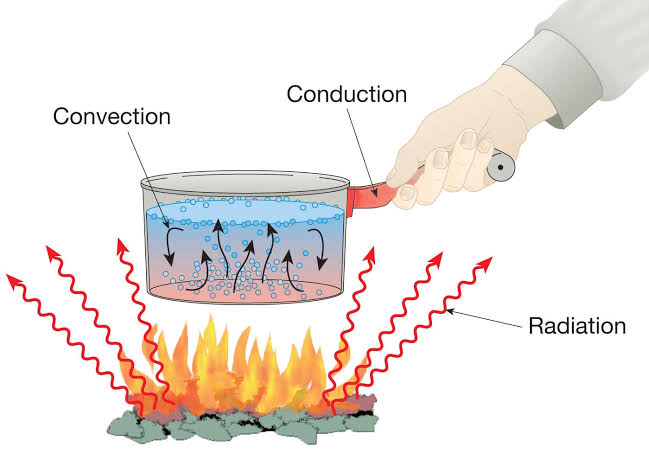
Hot and cold
In our daily routine, we come across a number of objects, out of which some are hot while other objects are cold, e.g. when a frying pan kept on a burning gas stove becomes hot but the handle of the pan is cold. Even among the hot objects, some objects may be hotter than the other.
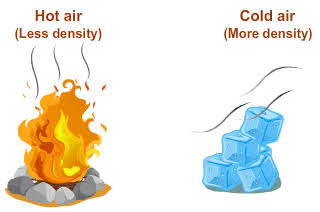
Measuring Temperature
Measuring Temperature
Temperature is measured by using a device (or instrument) called thermometer. A thermometer has a scale marked on it which is used to read the temperature. The most common temperature scale marked on thermometers for measuring temperatures is the Celsius scale.
Laboratory Thermometer
Laboratory thermometer
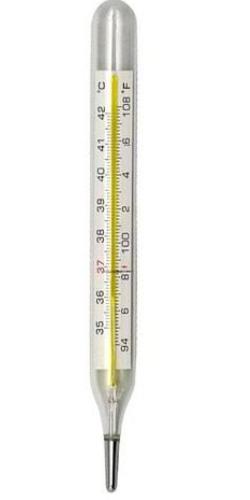
Transfer of Heat
Transfer of heat
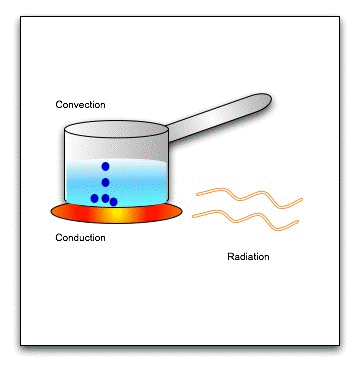
Heat transfer is a discipline of thermal engineering that concerns the generation, use, conversion, and exchange of thermal energy (heat) between physical systems. Heat transfer is classified into various mechanisms, such as thermal conduction, thermal convection, thermal radiation, and transfer of energy by phase changes. Engineers also consider the transfer of mass of differing chemical species (mass transfer in the form of advection), either cold or hot, to achieve heat transfer. While these mechanisms have distinct characteristics, they often occur simultaneously in the same system.
Kinds of Clothes We Wear in Summer and Winter.
Kinds of clothes we wear in summer and winter
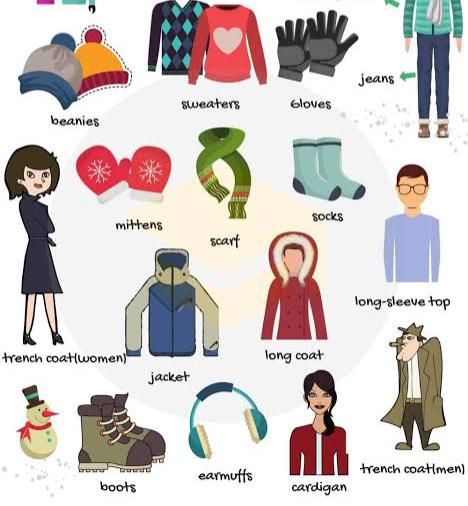
In winters, we wear woollen pullovers and jackets along with long pants and stockings, while in summers we wear cotton shirts that can allow air to pass through or dry the sweat easily. In rainy seasons, we cover ourselves with raincoats that do not allow water to pass through. Along with the kind of clothes, the fabric of these clothes also changes with the season. In this article, we shall discuss the kind of clothes and fabrics we use in different seasons.

 Param Publication
Param Publication
 Grow Career Publication
Grow Career Publication
